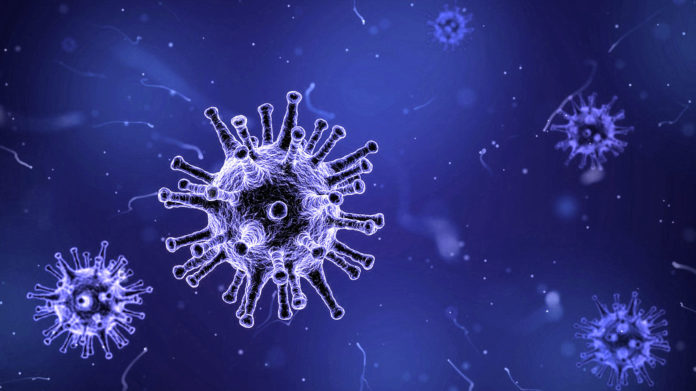We have hundreds of antibiotics, and they’ve been key to keeping us safe from bacterial infections since the 1940s when penicillin was first mass manufactured. Unfortunately, none of them will keep us safe from diseases caused by viruses, like COVID-19.
We have had some success with antivirals, but we don’t yet have broad spectrum antivirals that would work across many viruses. So why is it so hard to develop antivirals?
Unlike bacteria, viruses aren’t actually alive — they’re simply active and able to infect new host cells, or they’re inactive, and they don’t have any of the molecular machinery they need to stay active or multiply on their own. That presents many unique challenges.
For one, there are fewer molecules for antivirals to target. They are made of a bit of genetic material and only a handful of proteins. Bacteria need much more molecular machinery to survive and multiply on their own, and that provides many more possible targets that distinguish them from our own cells.
Viruses, on the other hand, need to be inside a host cell to replicate. They hijack the host’s molecular machinery to help them replicate. That makes it even more difficult to disrupt them without also killing the cells we’re trying to save.
Viruses also tend to mutate more quickly than bacteria, making it difficult to create any kind of drug solution that lasts. They also tend to be more different from one another, making it difficult to create an antiviral that works broadly across many different viruses.
On top of all this, the serious complications from viral infections often have little to do with the virus itself. As is the case with COVID-19, the body’s own immune response can trigger the most damage. Overproducing defense molecules called cytokines can damage the very tissues that the body is trying to protect.
But perhaps most importantly, there has been little motivation for drug companies to pursue antivirals, because many viral infections simply resolve themselves on their own. That left a dangerous gap for a viral pandemic.
“It’s always a question of dollars for research — there’s never enough to do everything you want,” said Roy Duncan, professor of virology at Dalhousie University, in an interview with the National Post.
“So unfortunate situations like this do focus people’s and politicians’ attention on the need to do that… I think there will be big consequences.”
To date, the only proven antiviral for COVID-19 is remdesivir, which is only useful in reducing the average hospital stay from 15 days to 11. It also needs to be given as an intravenous infusion, which will likely limit its use to clinical locations like hospitals.
This is a critical time to capitalize on global efforts to find an effective antiviral to treat COVID-19. What we learn in this push for innovation will help us be more prepared as new viral threats emerge.








































